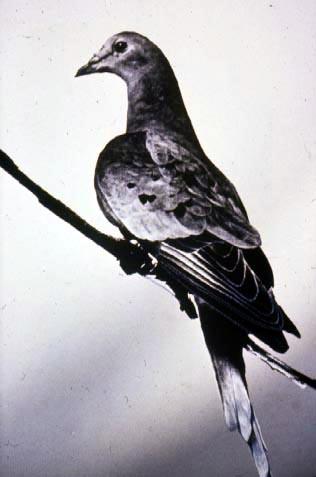Planning for the Next 10,000 Years
Stewart Brandis an ambitious septuagenarian. The writer and environmental activist’s most recent project sounds like something out of Jurassic Park: he wants to bring back the extinct passenger pigeon.
Brand is probably best-known as the editor of the landmark Whole Earth Catalog, a counter-culture publication from the 1960s that sold everything from seeds to chainsaws to maps, encouraging its readers to “shape their own environment.” He was also a participant in early government-sanctioned LSD trials, became a Merry Prankster, has written about computer science and architecture, and developedThe WELL, an early community message board and precursor to what we now know as social-networking. (WELL stands for “The Whole Earth ‘Lectronic Link.”)
In 1996, Brand co-foundedThe Long Now Foundation, an organization that encourages people to be good ancestors by thinking long-term. Rather than planning ten or twenty years ahead, The Long Now imagines centuries into the future: “We hope to creatively foster responsibility in the framework of the next 10,000 years.”
How does the passenger pigeon fit into all this? Part of that responsible planning would include what the foundation calls “de-extinction” — bringing back species in order to enrich and preserve biodiversity, and benefit science aimed at protecting species that are currently endangered. This year, the foundation started theRevive and Restore project. They hope to combine DNA from living relatives and existing specimens (read: taxidermy) in order to bring back the mastodon, dodo, and the passenger pigeon, among others.
“It’s a joint project to bring the species back, to bring back the habitat that you would like the species to make a home in when they come back, and to improve the science on protecting endangered species,” Brandtells NPR. “We’ll learn a lot about what’s causing extinction and be able to head off future extinctions.”
We’ve had our eye on The Long Now since 2002, when we checked in on another tremendously ambitious project: the10,000 Year Clock. As the name suggests, it’s a giant clock that will be built in the Nevada desert and keep time for the next 10,000 years. Studio 360’s Leital Molad spoke with Alexander Rose, executive director of The Long Now, about how engineers are designing and constructing a mechanical device that can last for centuries. “What it hopes to be is an experience similar to what one might get at the edge of the grand canyon or looking at a telescope into space,” Rose explained, “where you all of a sudden get a sense of very, very deep time.”
Listen to the full interview here:
Slideshow: The 10,000 Year Clock’s first prototype
